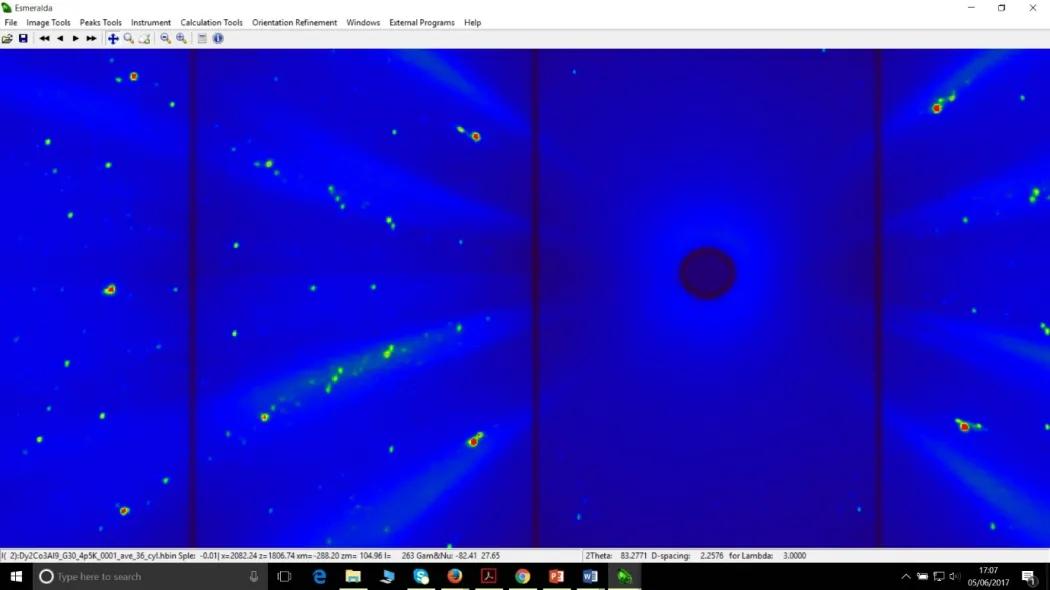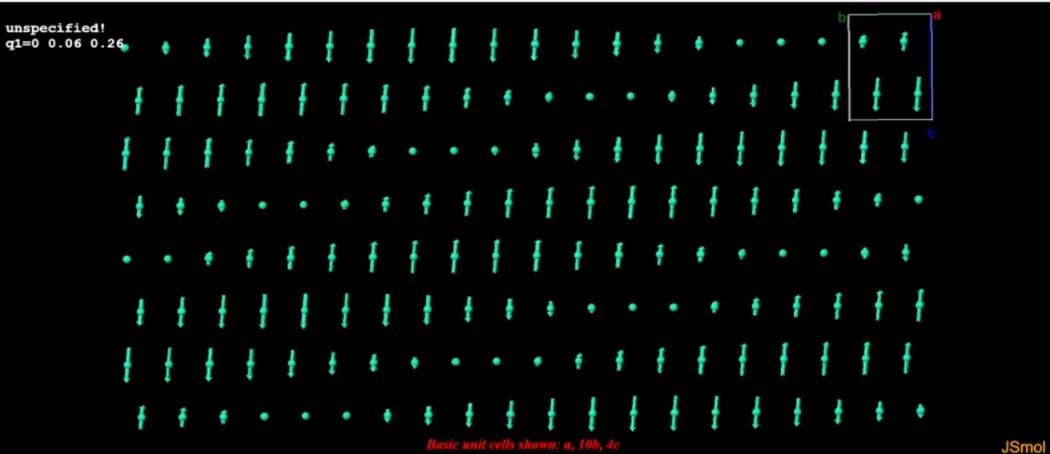Margarida Isabel Sousa Henriques, Ph.D.
The group of magnetic structures is focused on experimental studies of magnetic structures and electronic properties of intermetallic materials. Specially systems in which the magnetic ions (Transition metals, Rare earth elements, and U) form structures of low dimensionality and/or potentially frustrated networks (as for example triangles, hexagons, squares, zigzag chains).
It is not rare that a combination of geometrical frustration, magnetic low-dimensionality, and single-ion or two-ion physics might result in the stabilization of highly unusual ground states for these materials. The compounds are synthesized by high temperature techniques. Their crystal structures are characterized by diffraction techniques. The electronic properties of these materials are investigated by measuring magnetization, electrical resistivity, specific heat, and ultrasound propagation. These physical properties are measured under extreme conditions: low temperatures down to 0.3 K, high magnetic fields up to 70 T, and high pressure. Particularly detailed studies of the magnetic structures are performed by neutron scattering techniques. Specifically elastic neutron diffraction (using unpolarized or polarized beams) is a paradigm technique for the determination of magnetic interactions and might provide an unambiguous clarification for the nature of the highly degenerate states that occur in low dimensional and/or frustrated magnetic systems. When relevant, the experimental work is also complemented by synchrotron radiation techniques and theoretical calculations. The elucidation of the role and interplay of different interactions and underlying mechanisms of geometrical frustration and low-dimensional electronic properties might have technological impact in future applications of multiferroic materials, relaxors, and glasses. It is a topic is under intense research nowadays in fundamental physics. Furthermore, the characterization of the conditions (temperature/field/pressure) that control the magnetic structures enable the stabilization of the most suitable magnetic phases in a material. All the above mentioned is embedded in the development and testing of the magnetic option in the crystallographic computing system Jana2006, which is being upgraded. This group has strong collaborations established among different research institutions worldwide: Charles University in Prague, HZDR (Dresden, Germany), ESRF (Grenoble, France), Desy (Hamburg, Germany), LNCMI (Toulouse, France), University of Lisbon (Portugal), and University of Hiroshima (Japan).

